Airfix Civil war 1642 Lord Cromwell
General Oliver Cromwell at Marston Moor, 1644
MP and soldier
Oliver Cromwell (1599-1658) came from an impoverished East Anglian gentry family. He was a small landowner and Member of Parliament (1628-29 and 1640-42).
Remarkably, he was over 40 years old when he began his military career. At the outbreak of the Civil War in 1642, he served as captain of a troop of horse which he raised for Parliament. Within a year, he had risen to the rank of colonel, with command of a regiment.
Oliver Cromwell, Lord Protector of England, c1653
Commander
Cromwell realised instinctively that good quality, disciplined troops, motivated by religious zeal, were the key to victory. He recruited his men accordingly. He would later help establish the New Model Army, a force of men chosen for their prowess and dedication rather than by name or wealth.
In 1643, by his own energy and decisive action, he largely eliminated Royalist resistance in East Anglia and secured it for Parliament, gradually expanding his base by successful forays into Lincolnshire.
‘I had rather have a plain, russet-coated Captain, that knows what he fights for, and loves what he knows, than that which you call a Gentleman and is nothing else.’
Lieutenant-General Oliver Cromwell, 1643
Eastern Association
In February 1644, Cromwell was appointed cavalry commander of the Army of the Eastern Association, a Parliamentarian force recruited mostly in East Anglia.
In July that year, this army formed part of the Parliamentarian forces at the Battle of Marston Moor, in which Cromwell commanded the cavalry of the left wing. The discipline of his troopers enabled them to deliver a decisive charge at the end of the battle.
The following year, Cromwell played a similar role at the Battle of Naseby. His men were able to drive off the opposing cavalry and then turn upon the flank of the Royalist infantry, ensuring a Parliamentarian victory.
The Battle of Naseby, 1645
Second Civil War
It was not until the Second Civil War (1648-49) that Cromwell fought his first major battle in full command. At Preston, in August 1648, he inflicted a crushing defeat on the Scots, despite facing greatly superior numbers. This victory destroyed Royalist hopes and effectively ended the war.
Cromwell was one of the signatories of King Charles I’s death warrant in 1649. He dominated the subsequent Commonwealth period as a leading member of the Rump Parliament (1648-53).
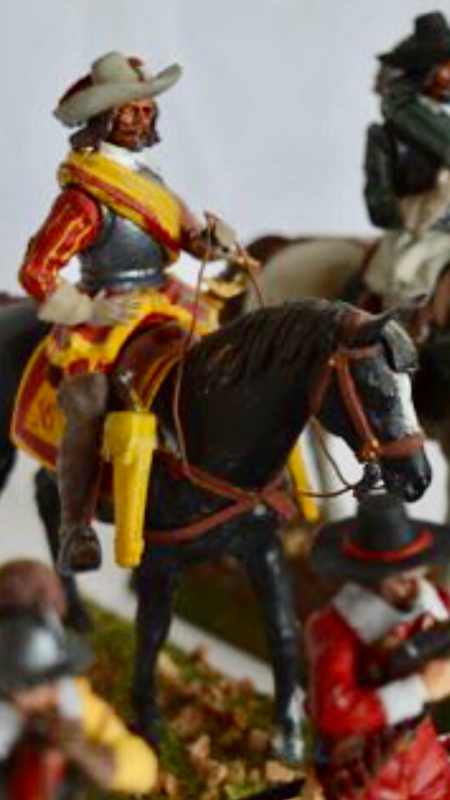






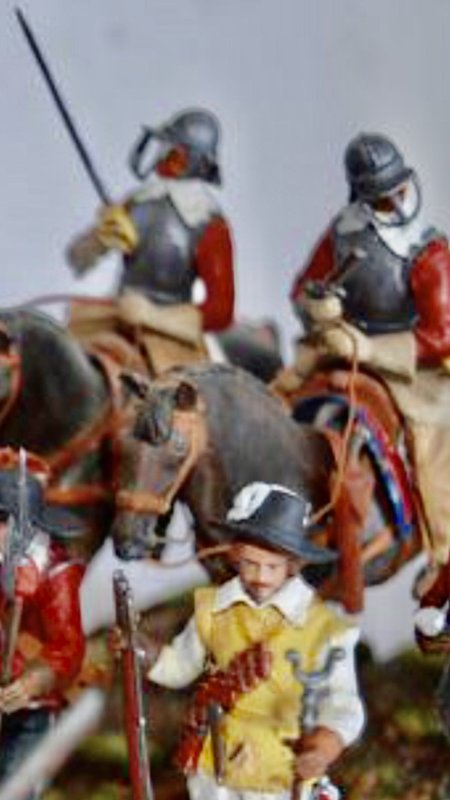
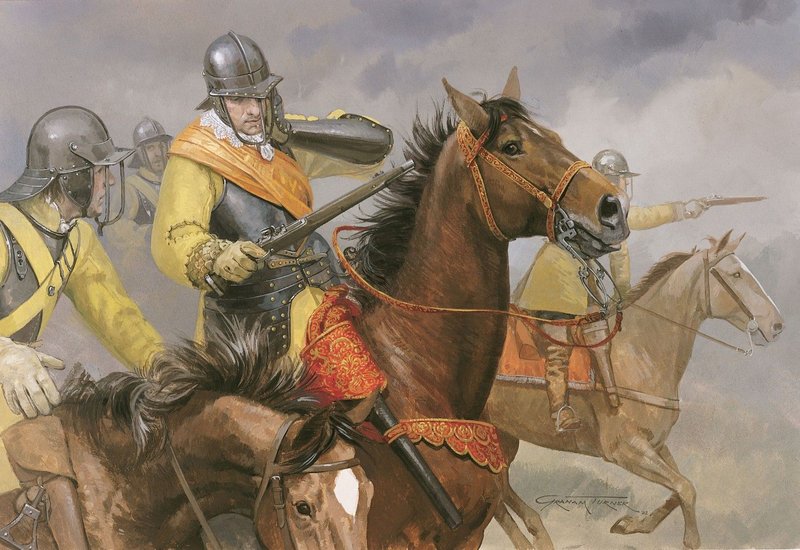


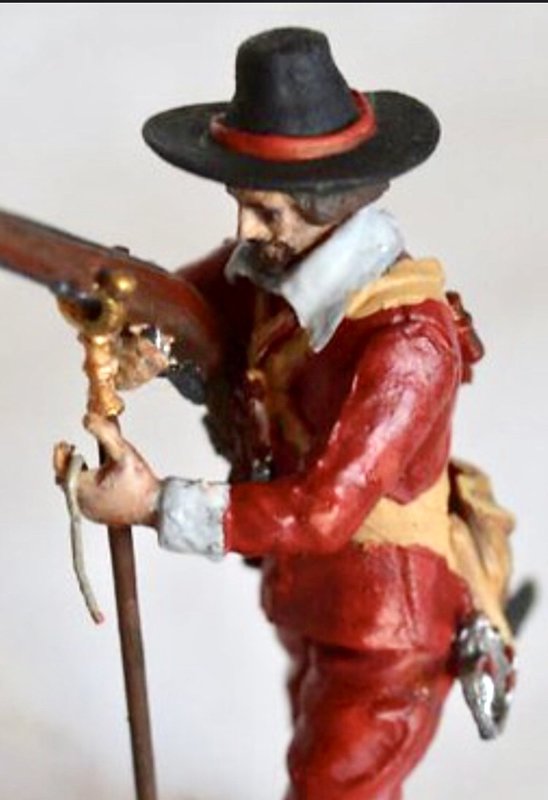
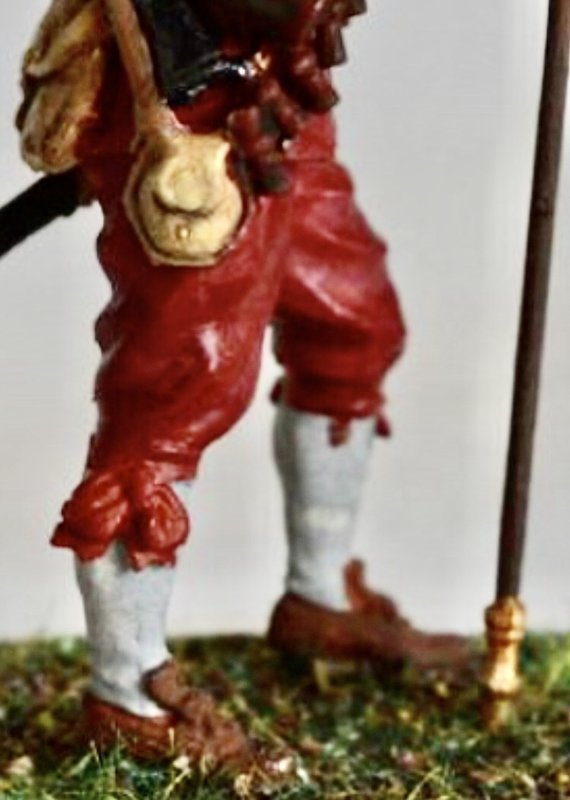
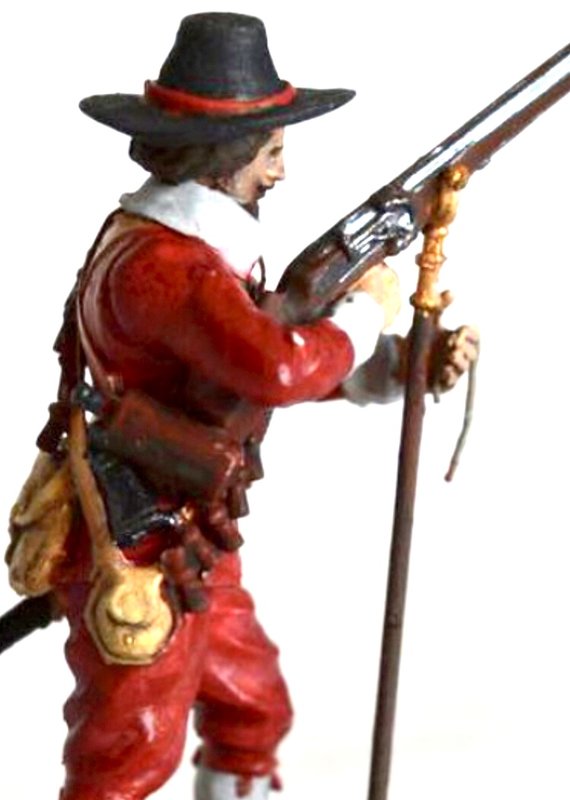



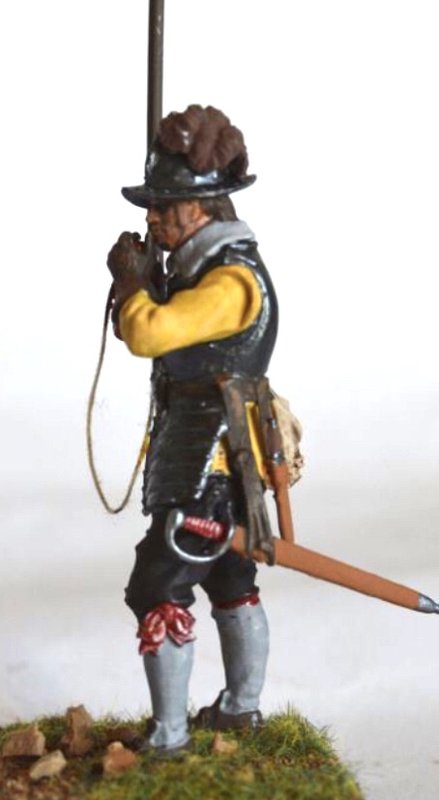
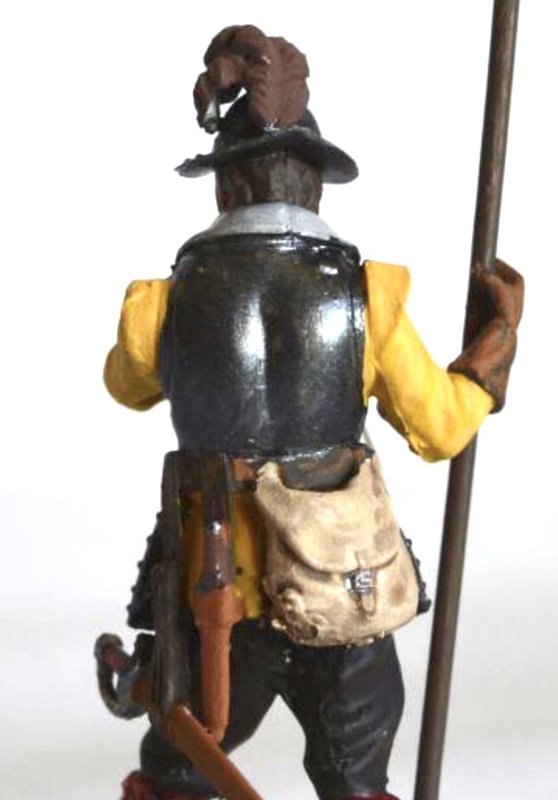
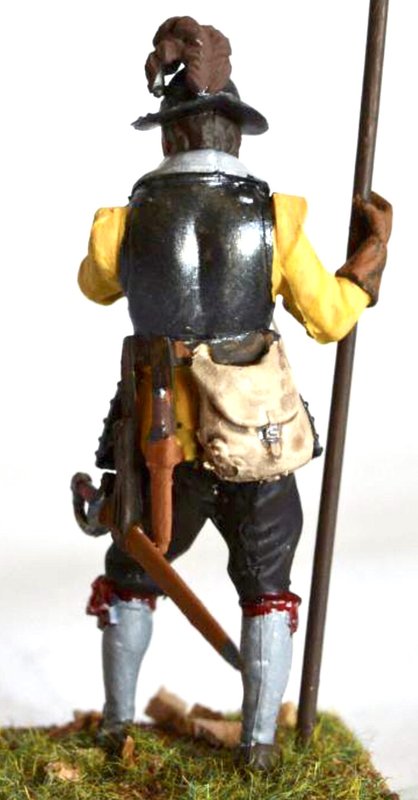
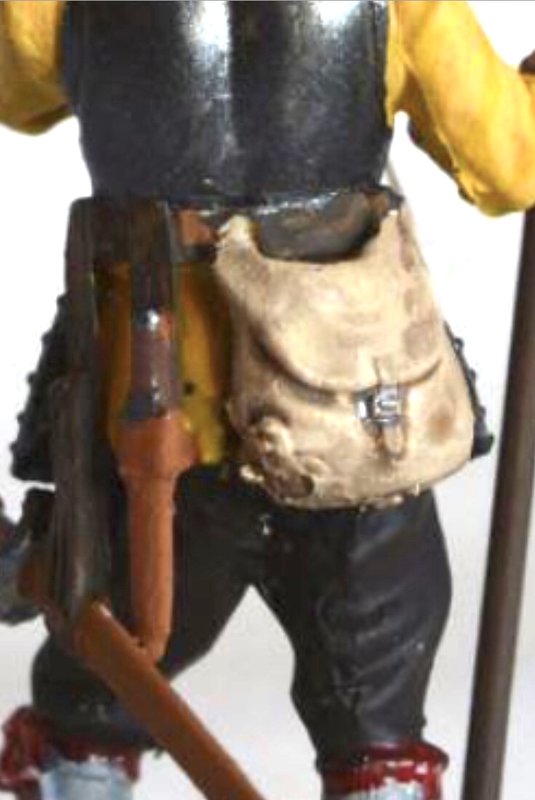


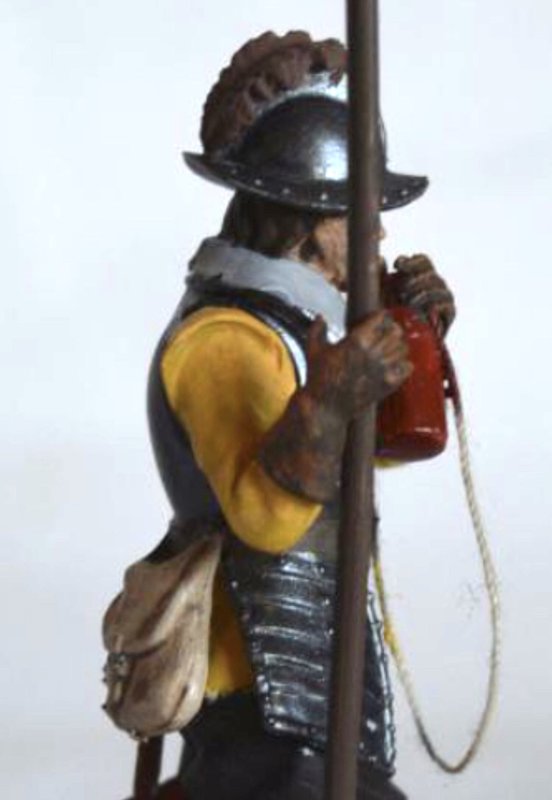
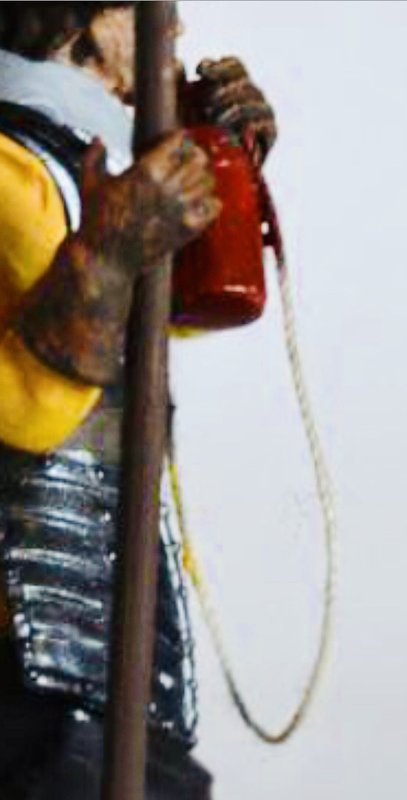




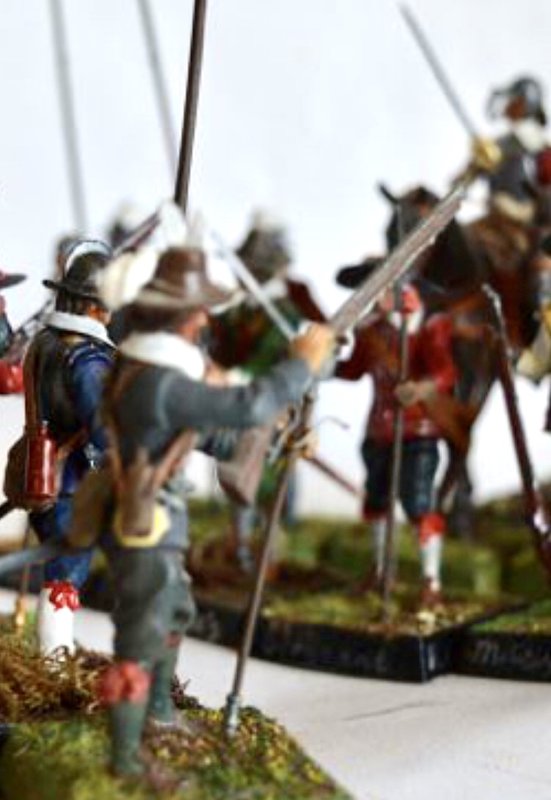






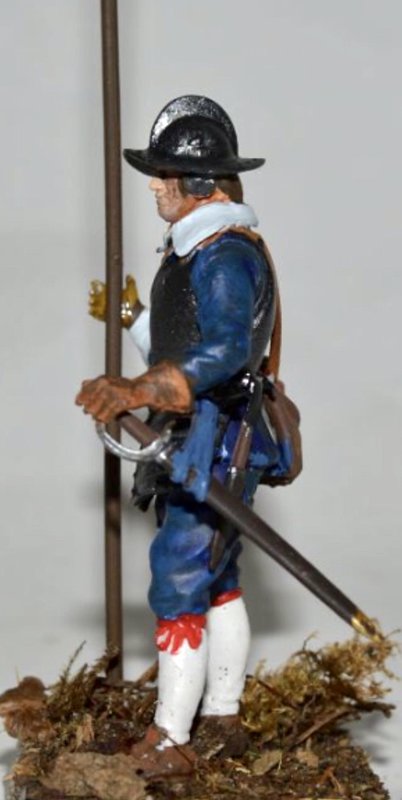
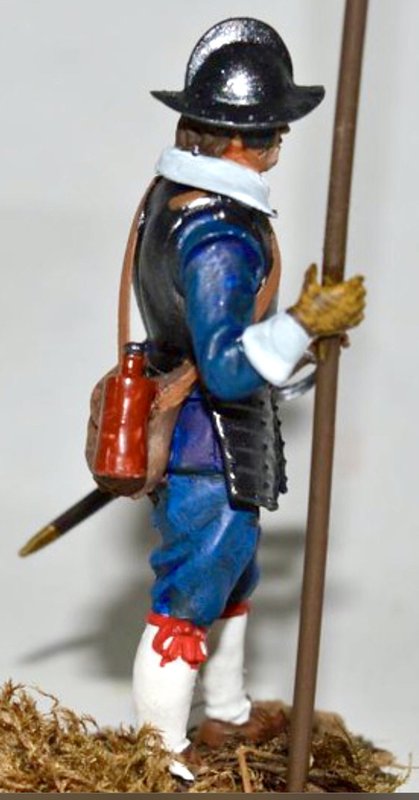




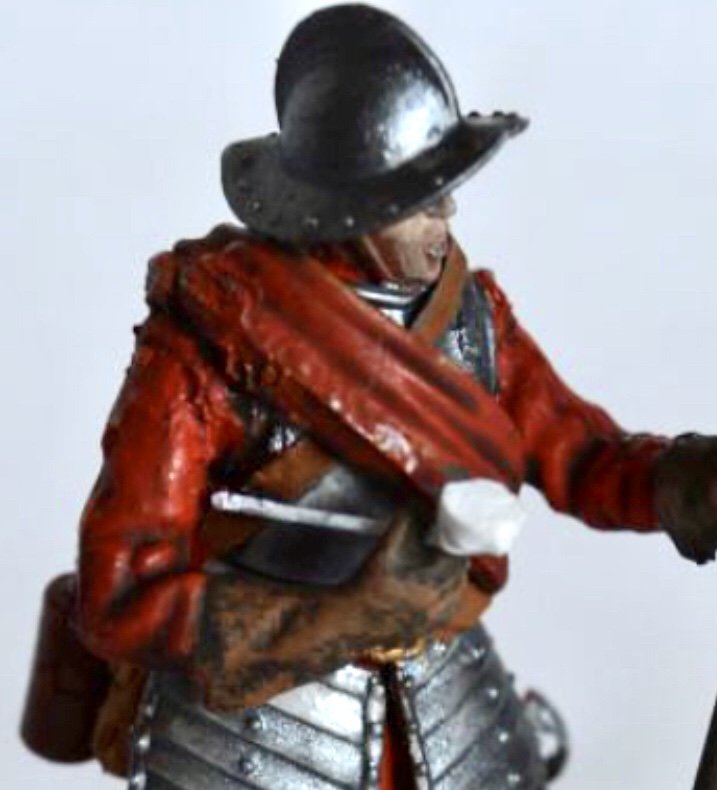
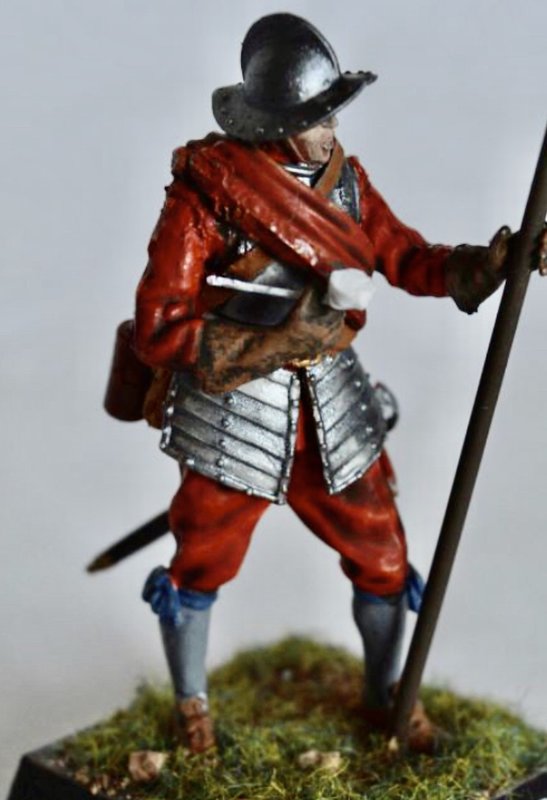

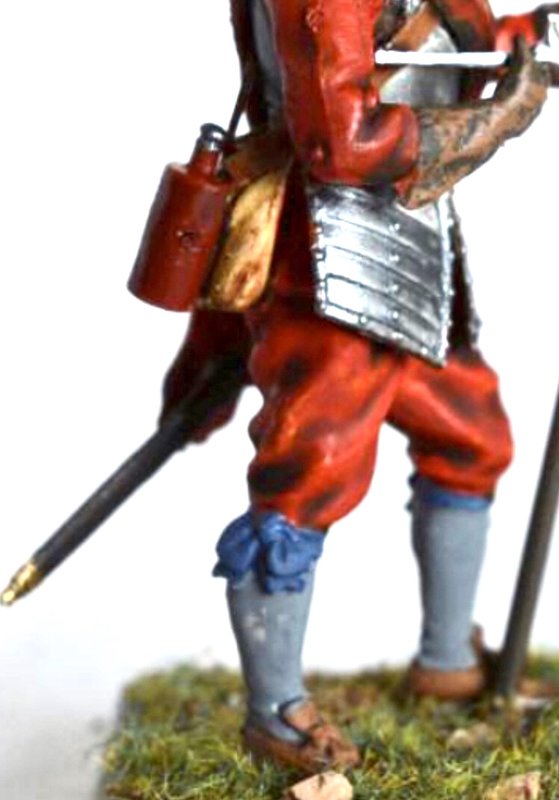


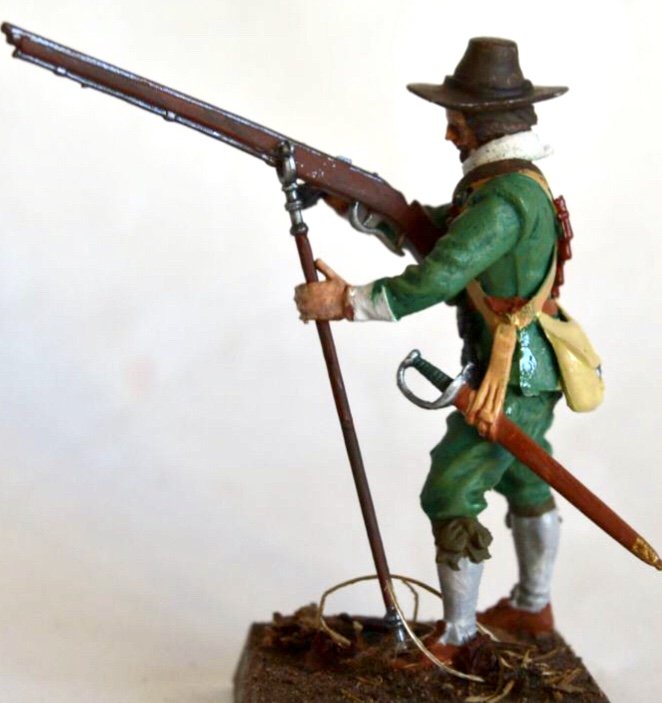
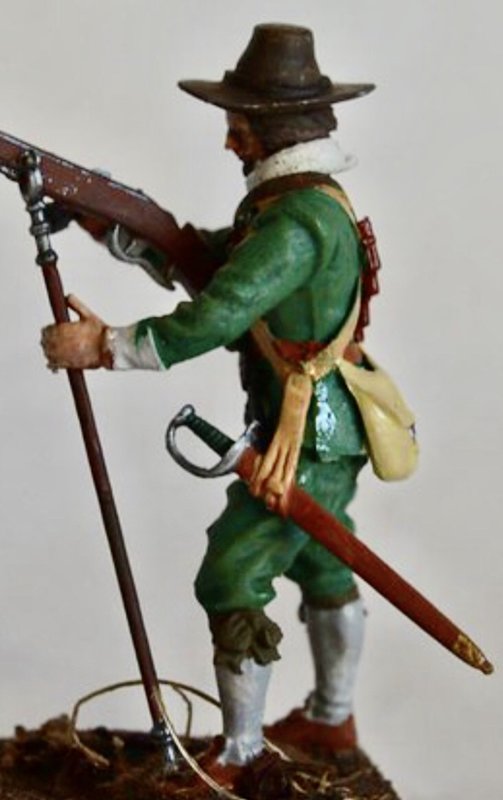
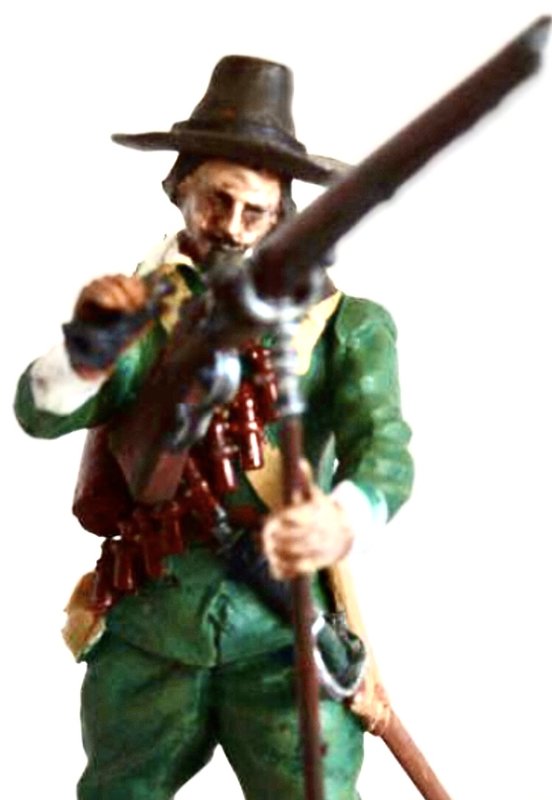
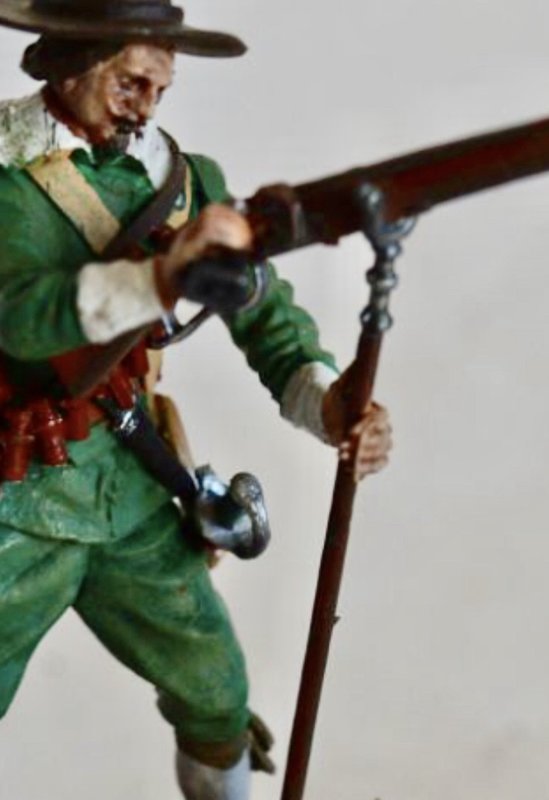





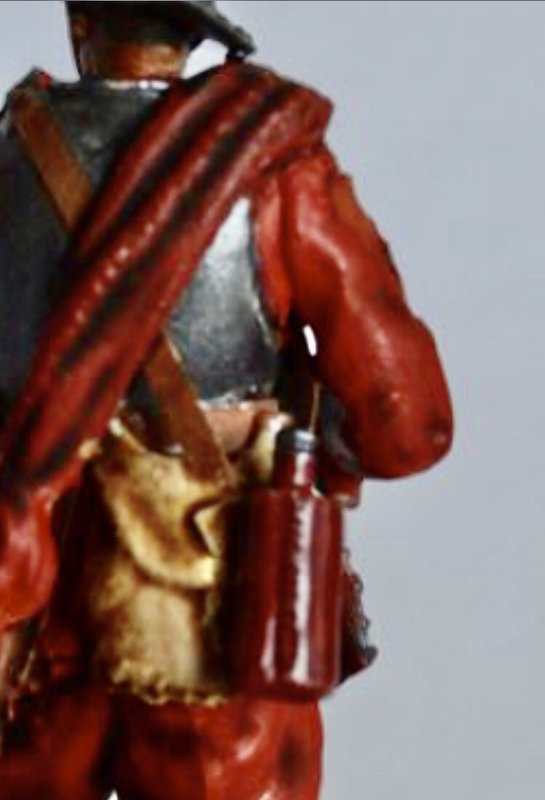
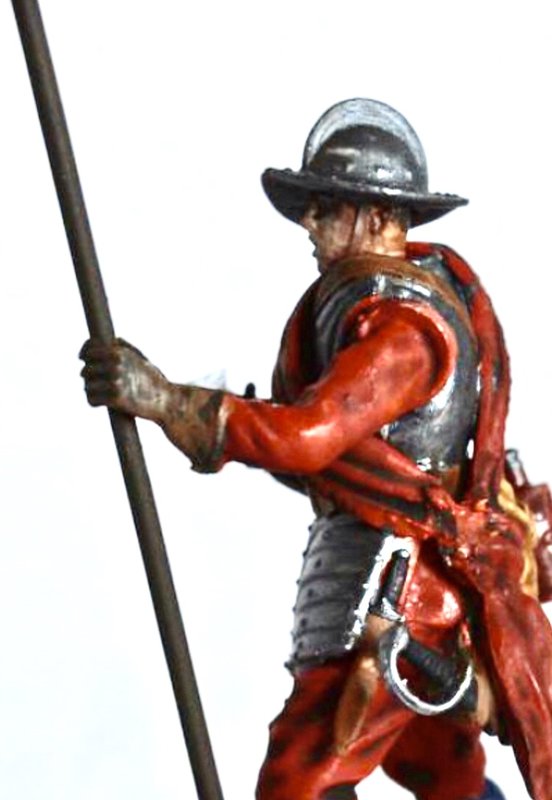
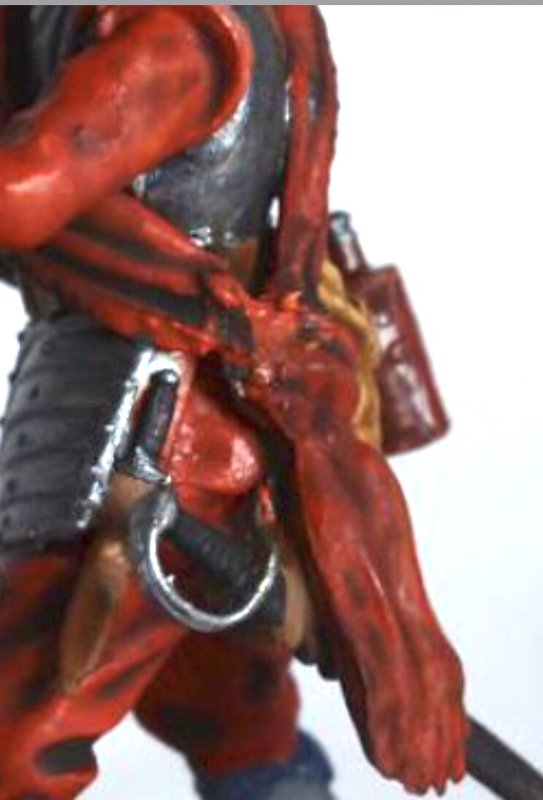



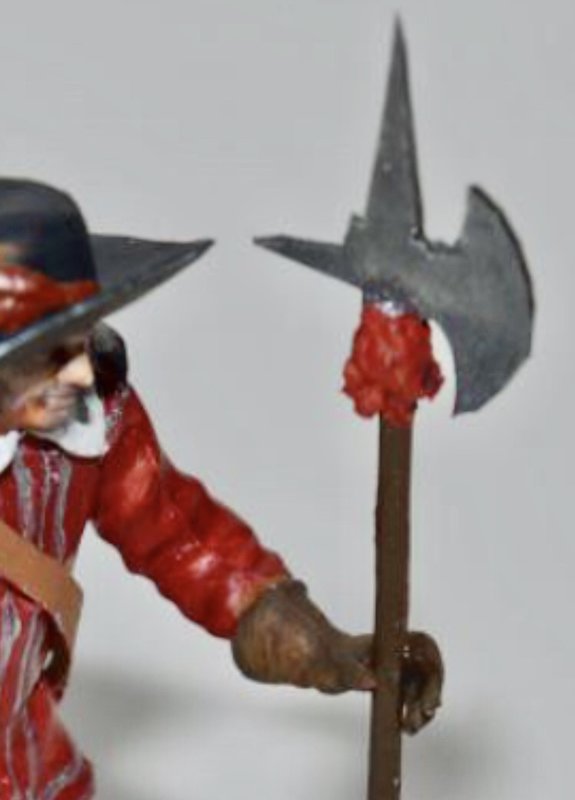

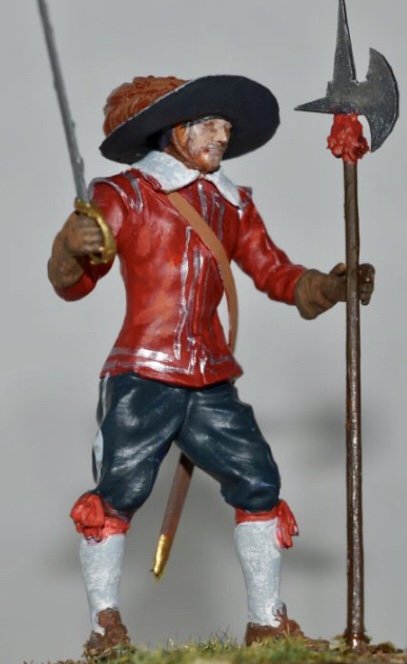
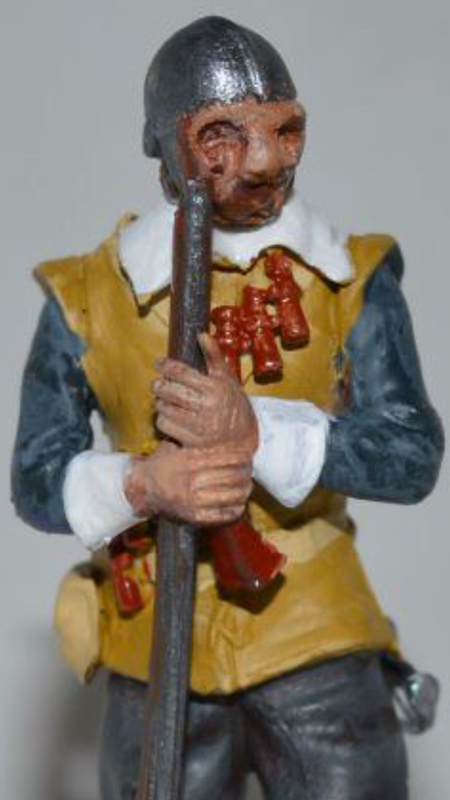
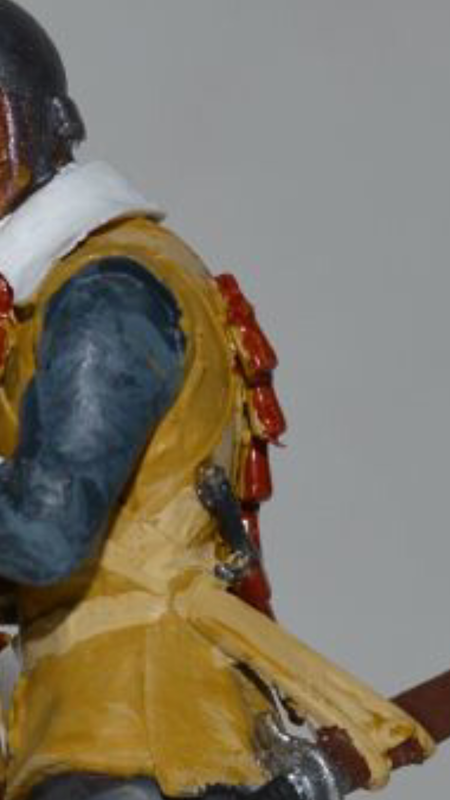



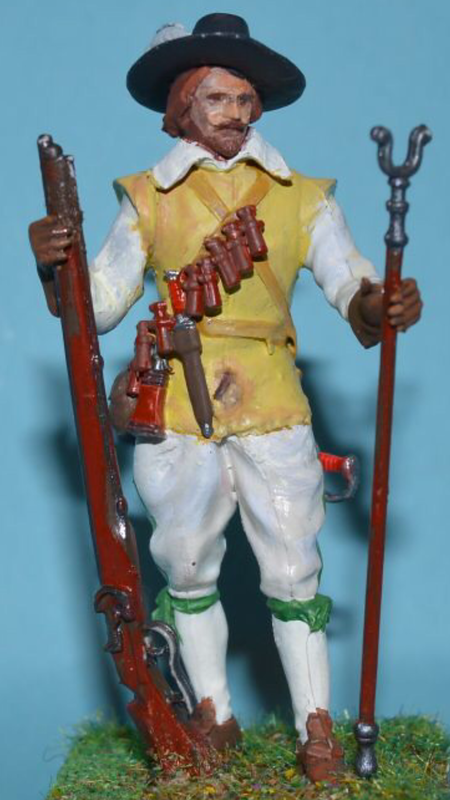
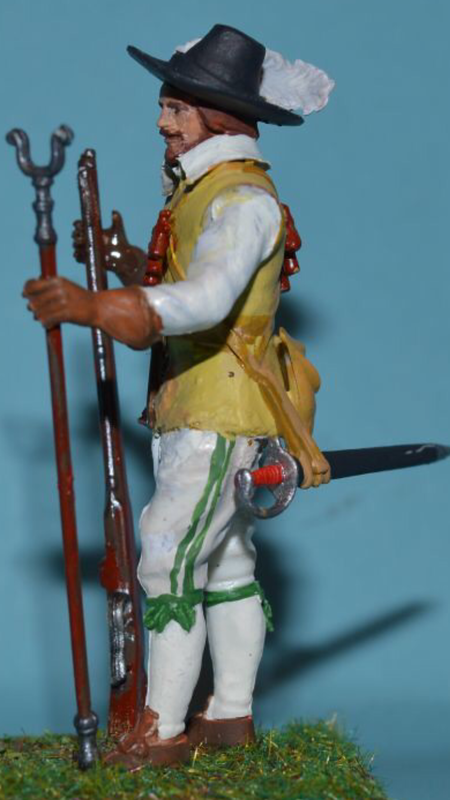
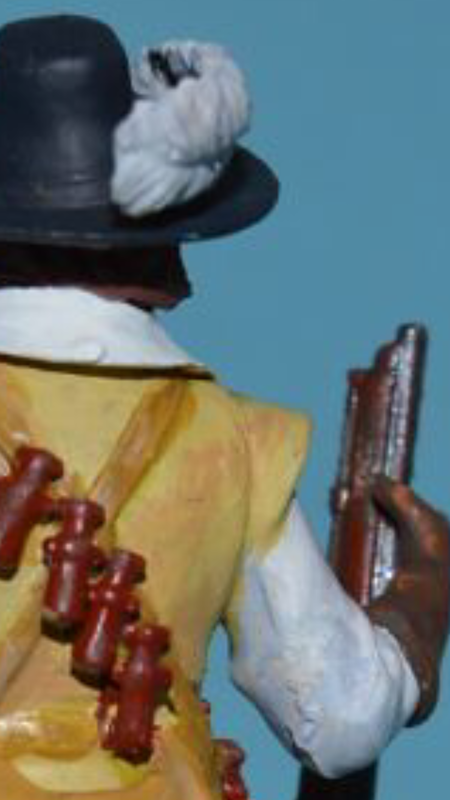





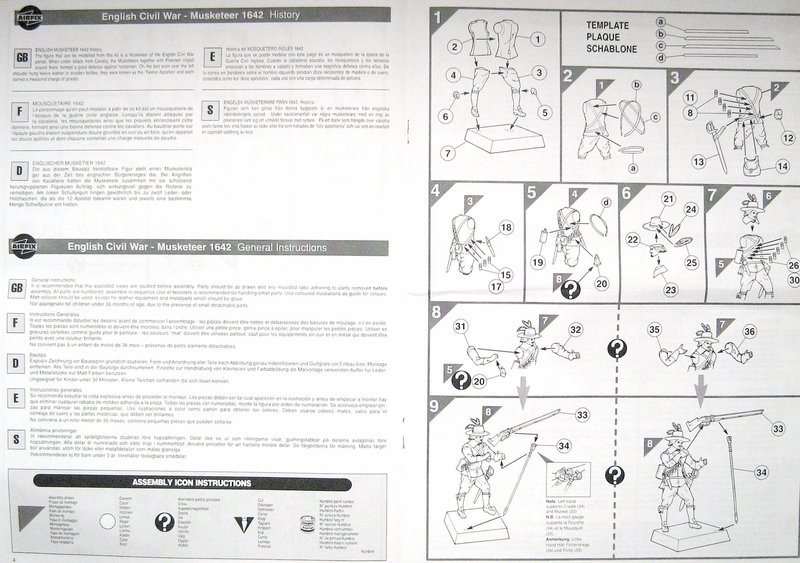


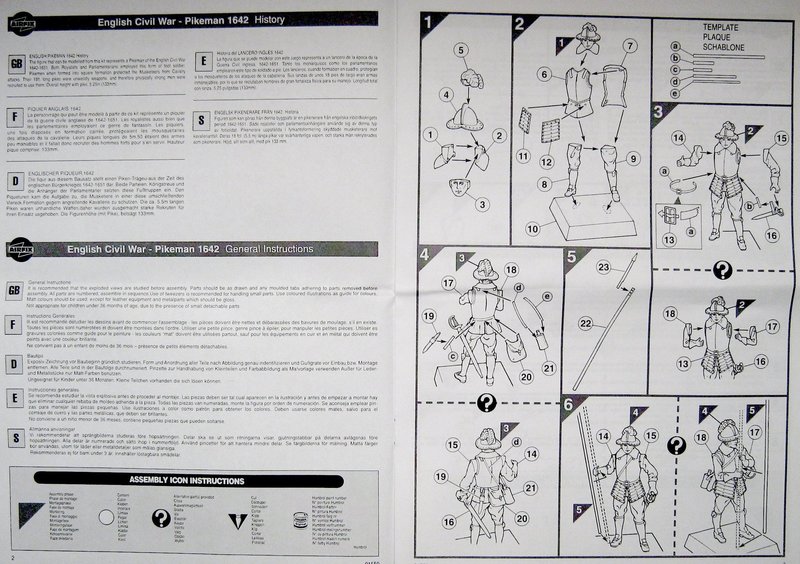

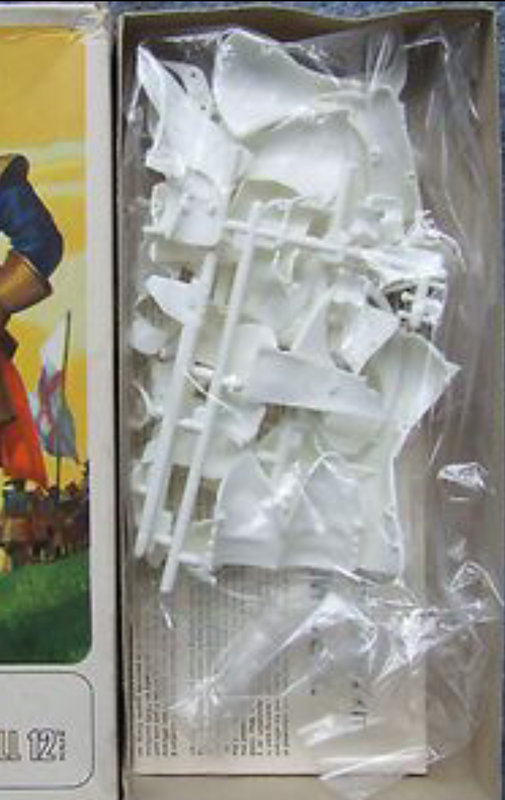


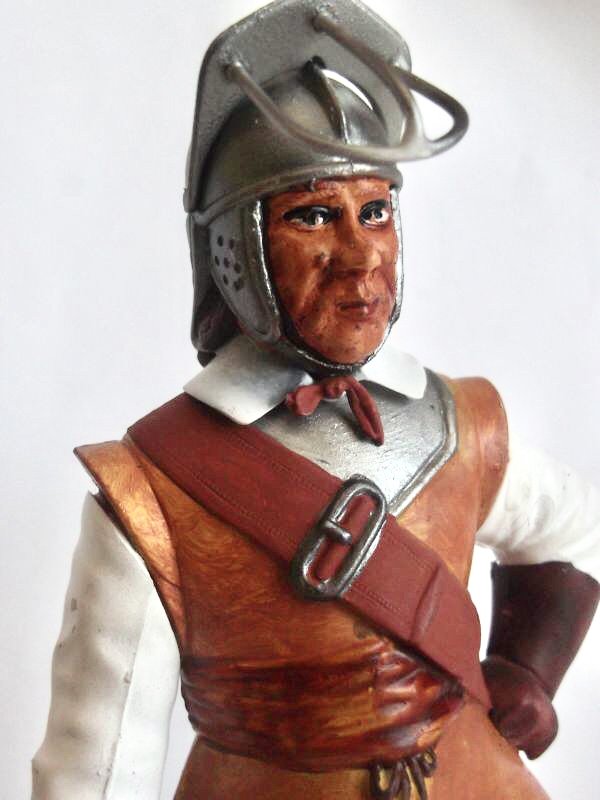

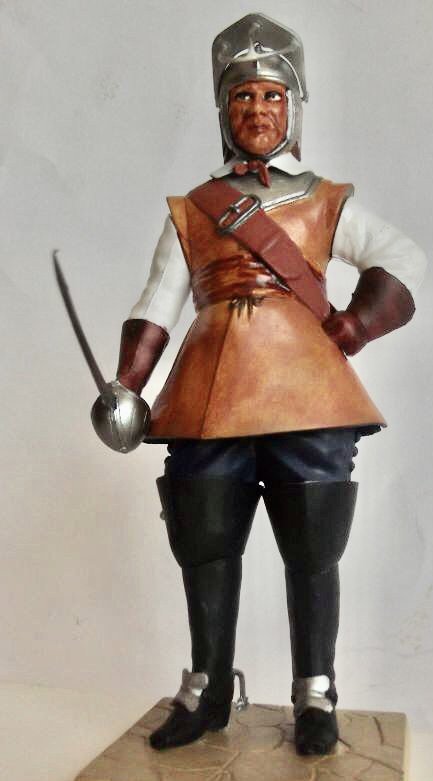




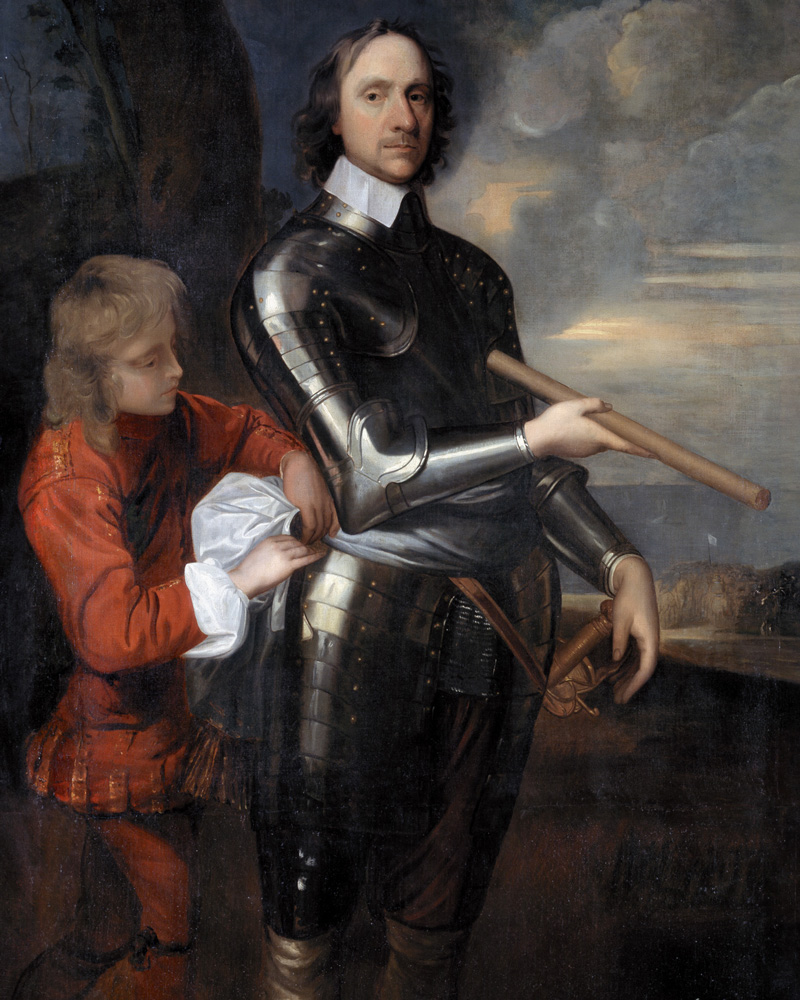



/http%3A%2F%2Fstorage.canalblog.com%2F49%2F51%2F1123093%2F134092534_o.jpeg)
/http%3A%2F%2Fstorage.canalblog.com%2F84%2F80%2F1123093%2F133991985_o.jpeg)
/http%3A%2F%2Fstorage.canalblog.com%2F99%2F66%2F1123093%2F133820385_o.jpeg)
/http%3A%2F%2Fstorage.canalblog.com%2F94%2F59%2F1123093%2F132329297_o.png)